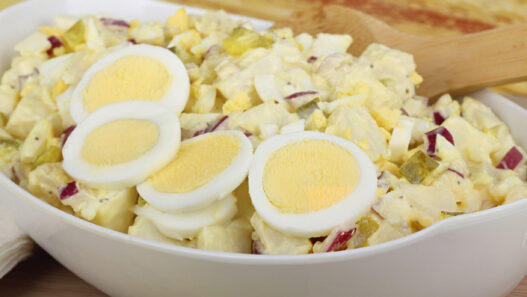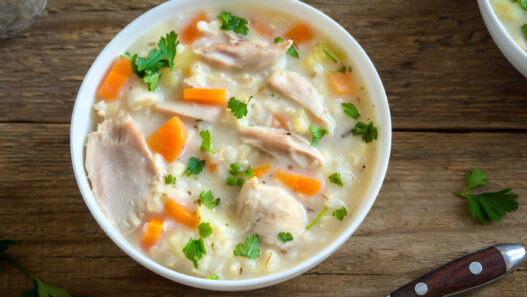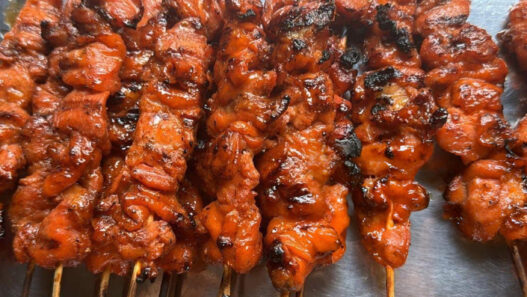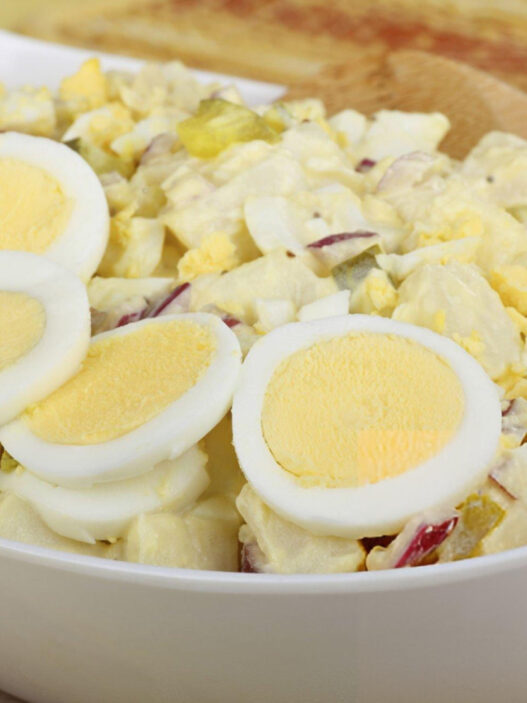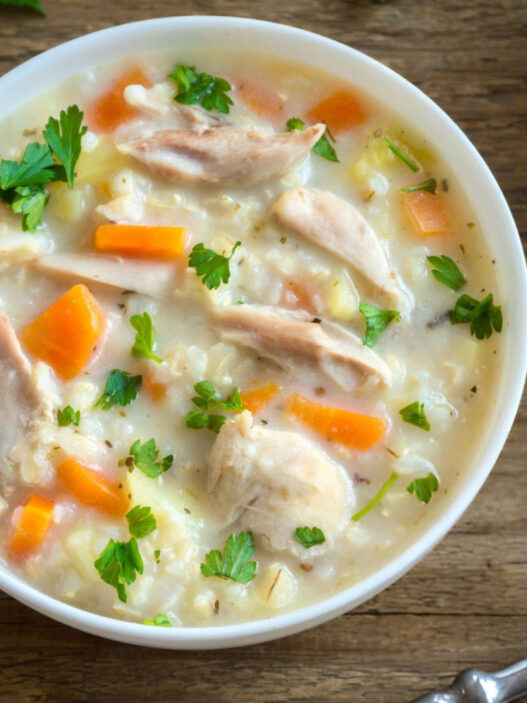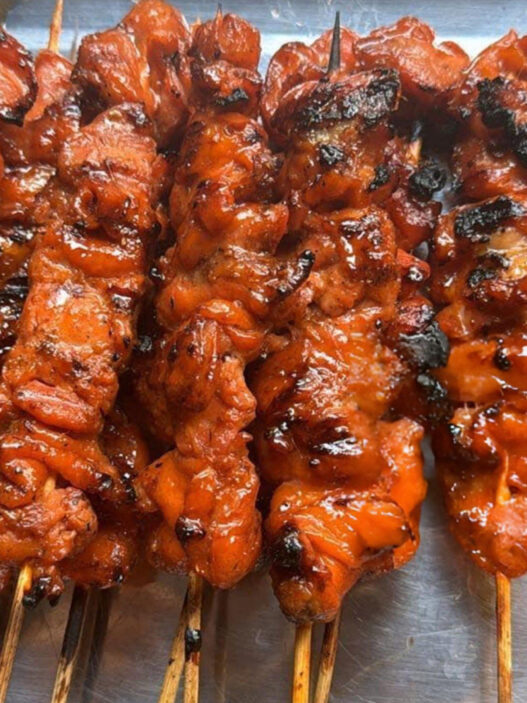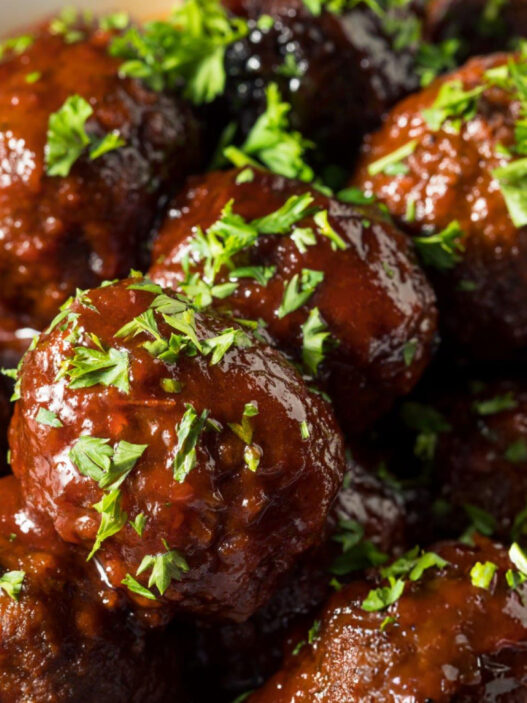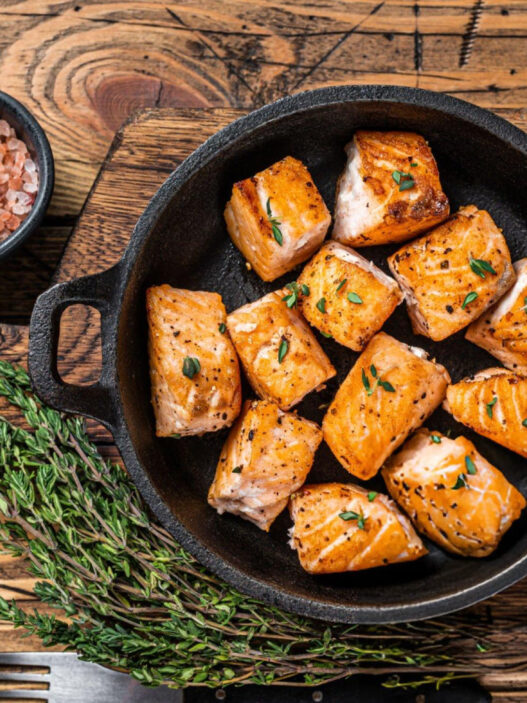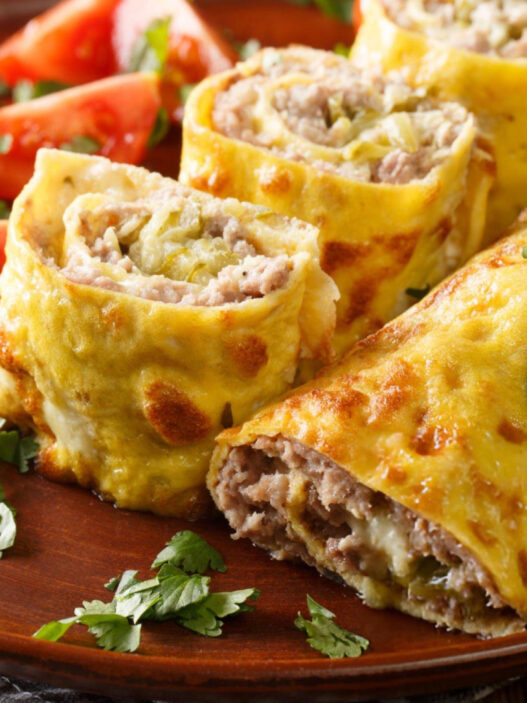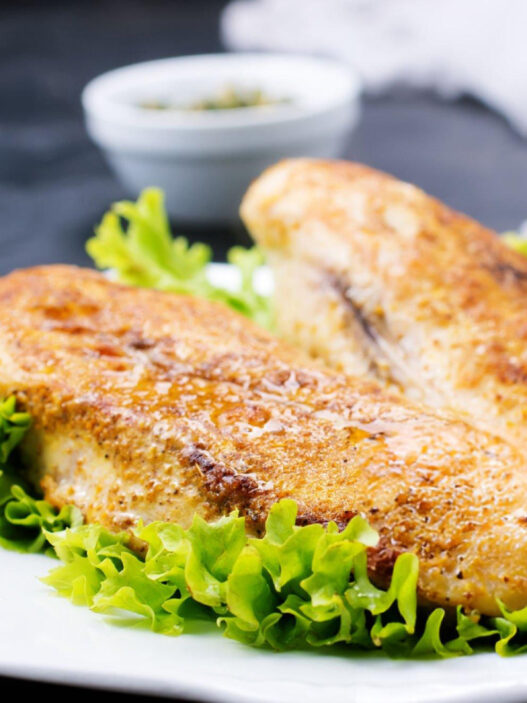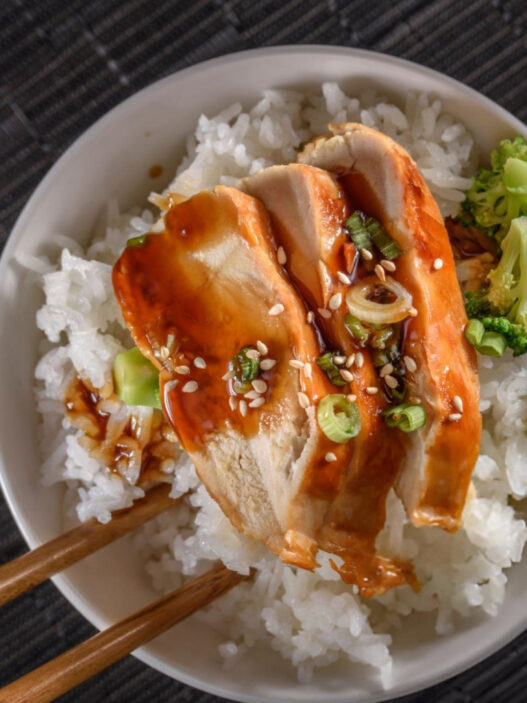There’s something undeniably irresistible about the glossy sheen and buttery aroma of homemade caramel sauce. With its silky texture and deep amber hue, this kitchen staple adds a touch of decadence to both everyday desserts and special occasions.
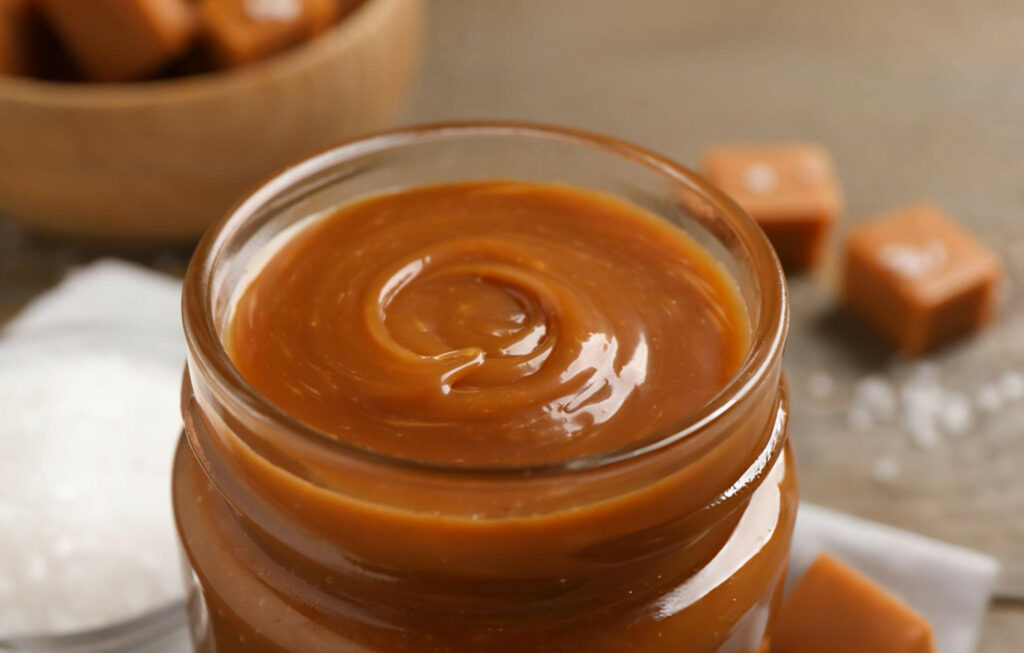
Ingredient Breakdown
Granulated sugar and water create the foundation for caramelization. The sugar, when gently heated, melts and transforms into a bubbling, golden liquid. The addition of water ensures even heat distribution and a more controlled caramelizing process.
Unsalted butter and heavy cream bring body and richness. The butter’s fat content enhances the smoothness, while the cream delivers a luscious, pourable texture. Together, they soften the intensity of the cooked sugar, creating that signature buttery depth.
Vanilla extract and salt round out the flavor. The vanilla provides warmth and aromatic sweetness, while just a pinch of salt balances the richness and sharpens the overall taste.
Step-by-Step Preparation Guide
Begin by evenly layering sugar and water in a light-colored, heavy-bottomed saucepan. This setup allows you to closely monitor the color change as the sugar dissolves. Heat gently, stirring only at the beginning to dissolve the sugar—after that, let it be.
As the mixture heats, it will transition from cloudy to clear and begin to bubble. Avoid stirring from this point forward to prevent crystallization. Instead, swirl the pan occasionally and use a damp pastry brush to clean any sugar from the sides.
Over time, the sugar will darken—watch carefully for it to reach a deep amber hue, like wildflower honey or light molasses. Once that color appears, add the butter cautiously. It will bubble rapidly, so whisk continuously to emulsify it into the hot sugar.
With the pan off the heat, slowly stream in the cream while continuing to whisk. The caramel will foam up again, then settle into a thick, golden sauce. Stir in vanilla and a pinch of salt to finish.
Let the sauce rest in the pan for about 10 minutes before transferring it to a glass jar. As it cools, the consistency will thicken. Store it in the fridge and gently reheat before serving.
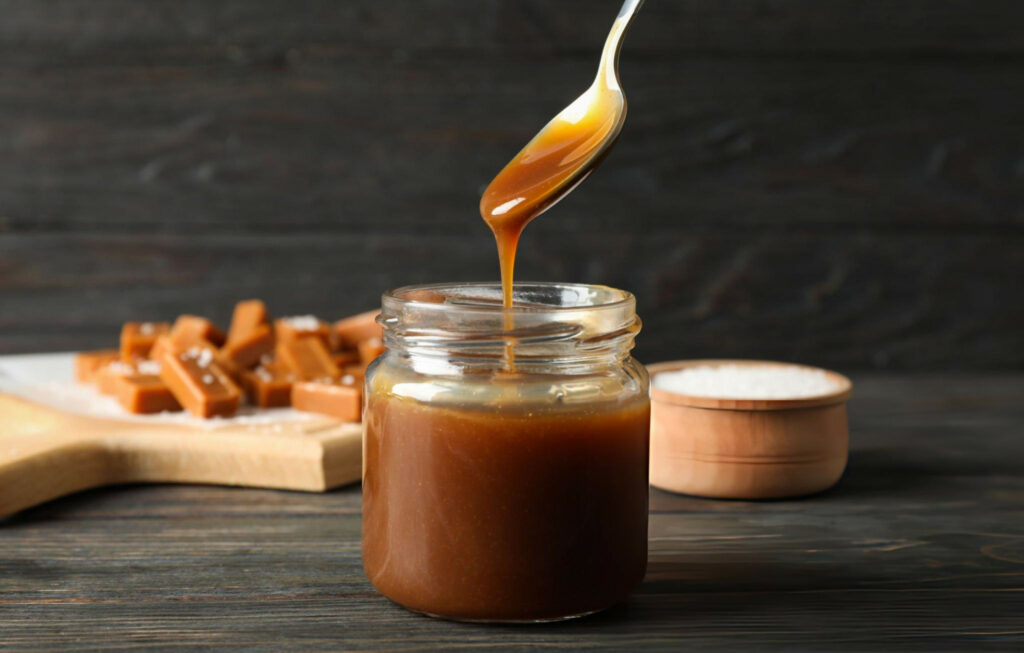
Recipe Tips
Use a light-colored saucepan to better track the sugar’s color change
Swirl, don’t stir, to avoid re-crystallization during cooking
Add butter and cream gradually to prevent splatter and ensure smoothness
Don’t walk away—caramel turns from perfect to burnt quickly
Let it cool fully before transferring to avoid steam buildup in containers
What to Serve With This Recipe
A generous drizzle of caramel sauce transforms scoops of vanilla ice cream into a sundae worth savoring. Pour it over brownies, swirl it into cheesecake batter, or spoon it over warm apple pie for an indulgent finish.
Stir a spoonful into hot coffee or cocoa for a homemade caramel latte. It also brings surprising richness to milkshakes or as a rim dip for milk-based cocktails.
For snack platters, serve it as a dip alongside sliced apples, bananas, or crunchy pretzels. The balance of salty and sweet makes it an ideal complement for both fruit and savory elements.
At brunch, layer caramel sauce into parfaits, top pancakes or waffles with it, or drizzle over baked oats for a decadent morning bite.
Creative Variations
Add a splash of bourbon, dark rum, or whiskey for a boozy version that pairs beautifully with holiday desserts. The alcohol cooks off, leaving behind deep, aromatic warmth.
Stir in a dash of cinnamon or espresso powder for added complexity. These warm spices enhance the sauce without overpowering the base.
Swap vanilla for almond or maple extract for a distinct flavor twist. Almond brings a marzipan note, while maple adds rustic sweetness.
For a more molasses-like depth, use brown sugar in place of white granulated sugar. It changes both flavor and texture, offering a thicker, more robust caramel.
Frequently Asked Questions
How do I fix crystallized caramel?
Add a bit of water and reheat gently.
Can I use salted butter instead of unsalted?
Yes—just skip the added salt.
How long does homemade caramel sauce last in the fridge?
Up to 2 weeks.
Can I reheat the sauce once it thickens?
Yes—warm slowly and stir well.
What should I do if the caramel turns bitter or burns?
Discard and start fresh.
Golden, glossy, and irresistibly rich, this caramel sauce is a treat that adds luxury to everyday dishes. Whether you’re pouring it over dessert or adding a spoonful to your morning coffee, it delivers that perfect blend of sweetness and depth every time. A true staple for any kitchen, it’s a recipe worth mastering.
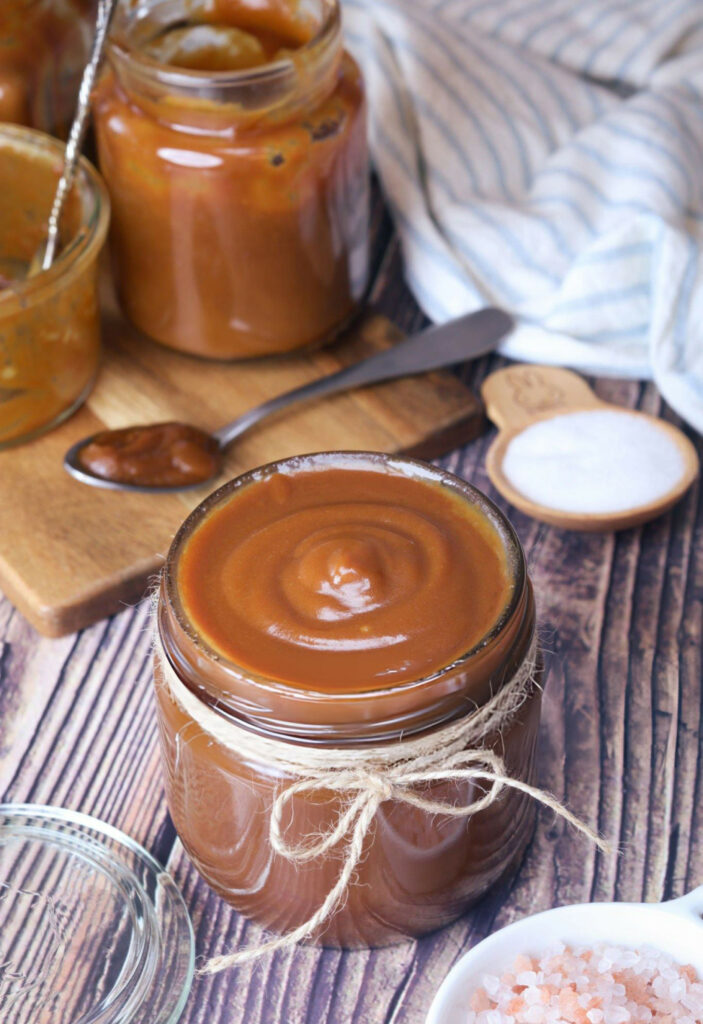
Ingredients
1/2 cup heavy cream
6 tablespoons unsalted butter
1 cup granulated sugar
1/4 cup water
1 teaspoon vanilla extract
Pinch of salt
Instructions
Pour the granulated sugar and water into a heavy 3-quart saucepan. Gently stir just enough to even out the sugar into a uniform layer.
Place the pan over medium heat and allow the sugar to dissolve. It will first appear cloudy, then gradually turn clear and start bubbling—this usually takes about 3 to 4 minutes.
Avoid stirring once the bubbling begins. Instead, occasionally swirl the pan to keep the caramel moving and brush down the sides with a damp pastry brush if needed to prevent crystallization.
As the mixture continues to cook, the sugar may clump—this is normal. Keep swirling gently and cooking until it transforms into a thickened liquid with a deep amber hue, similar to dark honey. This caramelization phase takes 8 to 12 minutes, so monitor it closely to avoid burning.
Once the desired color is achieved, carefully add the butter. The mixture will foam vigorously—this is expected. Whisk steadily until all the butter has melted and the mixture is smooth.
Remove the pan from the heat and slowly pour in the heavy cream while whisking continuously. The caramel will bubble up again as the cream hits the hot mixture. Continue whisking until fully combined.
Add the vanilla extract and a pinch of salt, whisking until evenly distributed.
Allow the caramel to rest in the pan for 10 minutes to cool slightly. Then pour it into a heatproof, lidded glass jar and let it cool completely. The sauce will continue to thicken as it cools. Store in the refrigerator for up to two weeks. Warm gently before serving if needed.
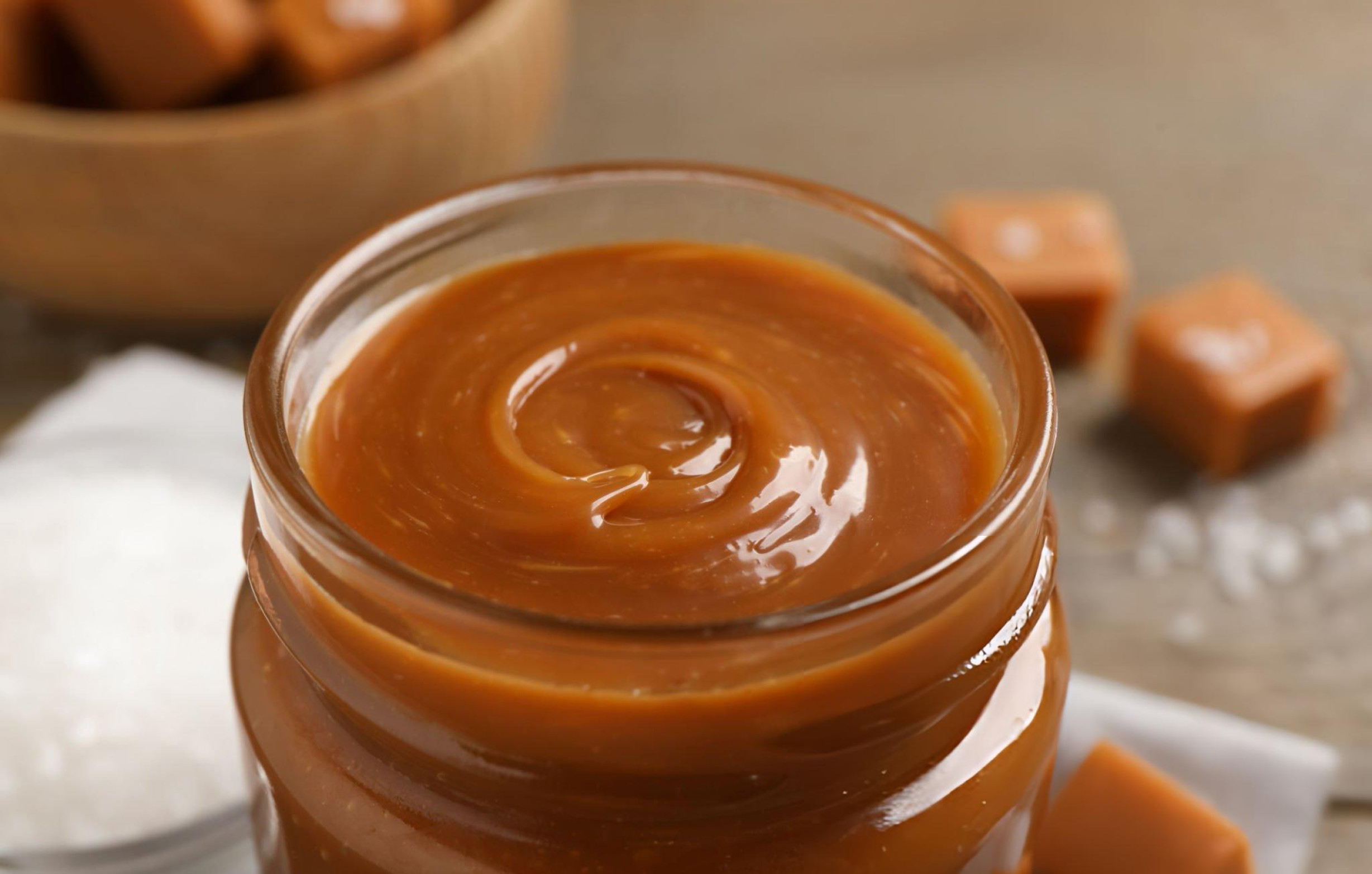
Caramel Sauce Recipe
Ingredients
- 1/2 cup heavy cream
- 6 tablespoons unsalted butter
- 1 cup granulated sugar
- 1/4 cup water
- 1 teaspoon vanilla extract
- Pinch of salt
Instructions
- Pour the granulated sugar and water into a heavy 3-quart saucepan. Gently stir just enough to even out the sugar into a uniform layer.
- Place the pan over medium heat and allow the sugar to dissolve. It will first appear cloudy, then gradually turn clear and start bubbling—this usually takes about 3 to 4 minutes.
- Avoid stirring once the bubbling begins. Instead, occasionally swirl the pan to keep the caramel moving and brush down the sides with a damp pastry brush if needed to prevent crystallization.
- As the mixture continues to cook, the sugar may clump—this is normal. Keep swirling gently and cooking until it transforms into a thickened liquid with a deep amber hue, similar to dark honey. This caramelization phase takes 8 to 12 minutes, so monitor it closely to avoid burning.
- Once the desired color is achieved, carefully add the butter. The mixture will foam vigorously—this is expected. Whisk steadily until all the butter has melted and the mixture is smooth.
- Remove the pan from the heat and slowly pour in the heavy cream while whisking continuously. The caramel will bubble up again as the cream hits the hot mixture. Continue whisking until fully combined.
- Add the vanilla extract and a pinch of salt, whisking until evenly distributed.
- Allow the caramel to rest in the pan for 10 minutes to cool slightly. Then pour it into a heatproof, lidded glass jar and let it cool completely. The sauce will continue to thicken as it cools. Store in the refrigerator for up to two weeks. Warm gently before serving if needed.

